The use of onion peels in the garden
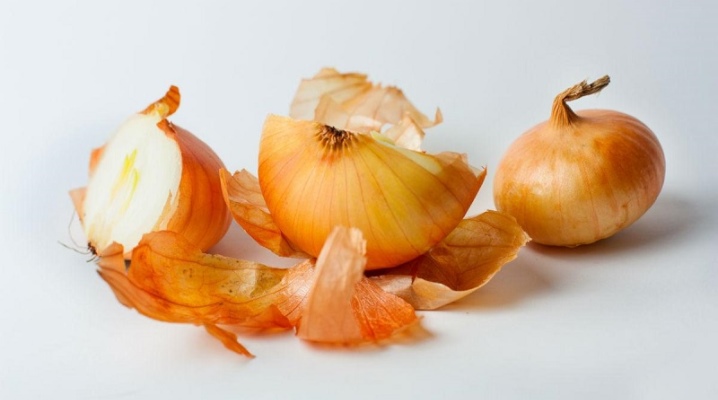
As a useful fertilizer for fruit and vegetable and flower crops, you can use not only ready-made store preparations or organic fertilizers such as manure or chicken droppings. There are many opportunities to feed plants with folk remedies. Onion peel is considered one of the most effective - what are its properties and how to use this product correctly, we will talk in our article.
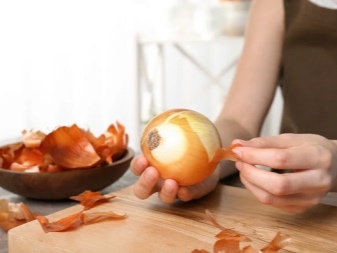
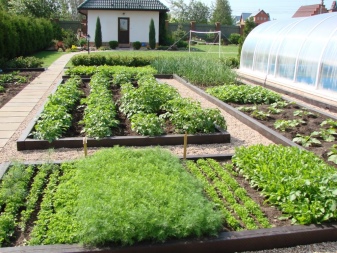
Advantages and disadvantages
Of course, onion skins cannot be included in the list of the most valuable fertilizers for vegetable and fruit and berry crops. However, it contains micronutrients and macronutrients. They contribute to the full growth and development of crops, an increase in yield and an improvement in the taste characteristics of fruits. The cleanings contain components that increase the immunity of seedlings and protect them from the pathogenic effects of fungi, mold and rot. Their benefits are undeniable.
Vitamins B:
- strengthen the immune system of the plant;
- accelerate the development of culture;
- prevent damage by rot;
- actively participate in photosynthesis.
Vitamin C:
- is a powerful antioxidant, optimizes oxidation and reduction processes, as well as water exchange;
- increases resistance to short-term drought;
- reduces the negative impact of environmental pollution;
- helps to increase the immunity of green pets.
A nicotinic acid:
- is a natural growth stimulant;
- normalizes the health of plants grown in shaded areas;
- takes part in the formation of chlorophyll;
- improves the absorption of phosphorus, converts sulfur and nitrogen;
- increases resistance to fungi.

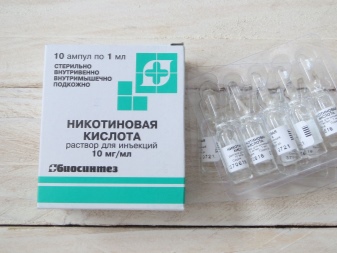
Phytoncides:
- neutralize pathogenic microflora;
- help to reduce the activity of fungal spores;
- increase the plant's immune system.
Quercetin:
- characterized by powerful bactericidal properties;
- destroys pathogenic microflora in the plant itself and in the substrate.
Mineral salts:
- important for maintaining proper plant growth and development.
The use of onion peels as a nutritious supplement is of great benefit:
- vitamin and mineral complexes are an effective stimulant for the growth of horticultural crops and ornamental plantings;
- a complex of carotenoids, trace elements and phytonutrients contributes to the accumulation of nutrients in the substrate and tissues of garden crops, berry bushes and fruit trees;
- flavonoids and carotenoids are strong antioxidants, they inhibit chemical oxidation of organic components, neutralize the negative effects of free radicals;
- rutin and quercetin increase the concentration of carbohydrates and sugars in fruits;
- together with the concentration of sugar in the fruits, dry components accumulate, which contributes to the rapid ripening of the pulp of vegetables and root crops;
- phytoncides prevent infection by fungi and harmful microorganisms;
- bioactive ingredients give the seedlings vitality and strength.
And one more advantage of onion peel is 100% environmental friendliness. Onions are harmless to plants. In addition, it decomposes rather quickly and therefore does not accumulate in the ground.
However, such a bait has its drawbacks.
- Onion fertilizer cannot replace good nutrition. For poor or infected soils, something more powerful is needed.
- When using husks, the waiting period for the harvest should be maintained, it is at least 3 weeks. Otherwise, ripe fruits will have a pronounced onion flavor.


What can you water?
Onion husks are irreplaceable as an environmentally friendly organic fertilizer. It is suitable for feeding almost all types of garden, as well as garden and flower crops, including indoor plants. Fertilizer in dry form and as part of a liquid preparation increases the immune response of plants and their resistance to unfavorable external factors. Husk has a powerful anti-inflammatory effect, helps to strengthen the roots and the formation of young shoots.
Best of all, onion dressing is perceived by potatoes, tomatoes, squash, cabbage, eggplant, peppers, as well as pumpkin and cucumbers. Periodic feeding with onion peelings has the most positive effect on the quality and volume of the crop.
Garden strawberries and fruit and berry bushes (raspberries, currants, gooseberries) respond well to bait.
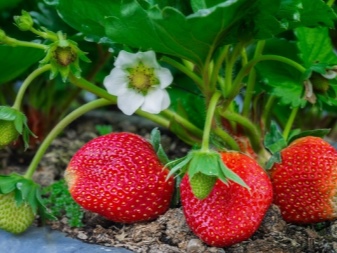
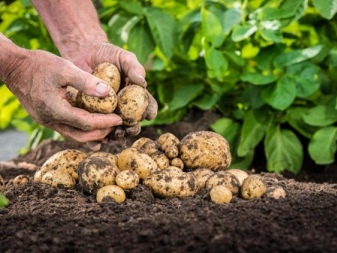
Recipes for infusions and decoctions
The easiest thing to do is to use dry husks. To do this, you just need to remove the top scales and place them in a box or cloth bag. The most important thing is that the husk is dry and the storage container allows air to circulate, otherwise the raw material will begin to decompose and become a source of pathogenic lesions. If the husk is laid directly in the soil, without preliminary boiling or soaking, it must be crushed - this allows you to increase the total area of contact with the substrate. If the husk in the country is used as mulch under tall bushes and trees, then it is not necessary to pre-crush the raw materials.
But most often summer residents use infusions and decoctions, since the liquid form of such feeding is much easier for plants to perceive. There are a number of working recipes for their preparation. Preparing the infusion is simple, the process includes several steps:
- a liter jar of husk is poured with water;
- insist for a couple of days;
- diluted with water to the required concentration.
At the same time, there are no strict proportions - each gardener can decide for himself how best to work for him. Some initially prepare a concentrated solution, others take a bucket of water per liter of cleaning.
Important! The mother liquor should be used within 4 hours.

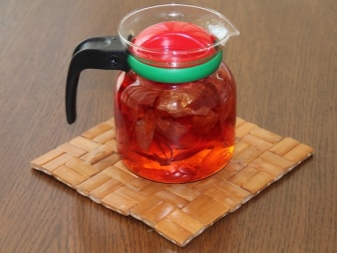
Most often, cold and hot solutions are prepared for fertilizing and protecting plants.
- Cold infusion contains a high percentage of phytoncides and beneficial essential oils. This composition drives away parasitic insects and treats fungal infections in the early stages. The mother liquor is made from raw materials filled with water at the rate of 1 to 2, and then insisted for about 4-6 days in a dark place. To prevent the infusion from emitting a specific smell, the container is covered with a lid. Keep in mind - the higher the ambient temperature, the sooner the husk infusion will be ready.
- Hot infusion. To release the maximum amount of vitamins and minerals, the onion husk must be boiled with water heated to 50-70 degrees, and insisted for a couple of days. The higher the water heating, the faster the working solution will be ready for use.
- Broth. When making a broth during boiling, even a short one, most of the vitamins and phytoncides are partially destroyed. However, this releases quercetin. Such a broth is made from a liter jar of husk and a couple of liters of water. Sedum is poured with cool water and brought to a boil over low heat. The concentrate is left under the infusion lid.
Green soap is often added as an auxiliary component to infusions and decoctions. It is used so that the composition does not drain from the bush, but has time to act. Instead of a special soap preparation, you can take ordinary household and even grated laundry soap.
There are a number of rules that should be taken into account so that feeding from onion peelings gives the desired effect and does not cause any harm to the plantings:
- for the treatment of perennial crops, it is better to take a concentrated composition;
- on garden plants, 2 liters of infusion is diluted in 10 liters of water;
- seedlings are irrigated with a weakly concentrated cold solution without adding soap;
- for cucumbers, tomatoes, as well as strawberries and other crops whose fruits grow above the surface of the substrate, spraying is paused once after the ovaries begin to pour, otherwise the fruits will taste bitter;
- when root processing, soap is not introduced into the mother liquor.

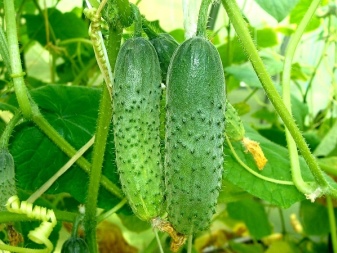
Use cases
As a top dressing and protection of plants from insects, husks are suitable for almost all crops. It is completely harmless.
As fertilizer
Foliar treatments give the maximum effect. Trace elements present in onion husks are best absorbed by plants through the leaves and shoots. If you water the soil with a solution, the nutrients reach the roots, and they absorb nitrogen, phosphorus and potassium better. Spraying is performed every 2 weeks.
If onion skins are used as mulch, they are placed in the holes when planting potatoes or seedlings. With this method of farming, it acts both as a fertilizer and as an insecticide.
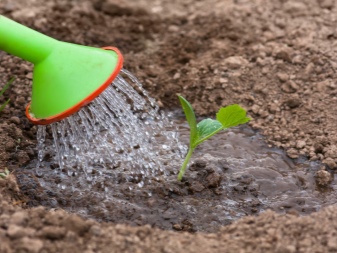
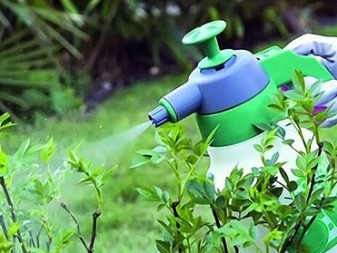
For treatment against pests and diseases
Extracts from onion peels allow you to quickly deal with such dangerous pests as:
- aphid;
- carrot fly;
- spider mite;
- moth;
- Colorado beetle;
- thrips;
- cruciferous flea.
Important: the use of decoctions against aphids gives a short-term result if the anthills are not destroyed. Phytoncides and odorous essential oils present in onion peelings act on most pests by analogy with repellents. Insects do not tolerate a strong smell and try to stay away from its source.
A good effect is given by a tincture of husk with copper sulfate, it helps to get rid of powdery mildew, stops the development of rot or minimizes the damage they cause. It is noteworthy that it is possible to spill the substrate with infusion for the improvement of crops - this requires much less cost and effort than any other measures.
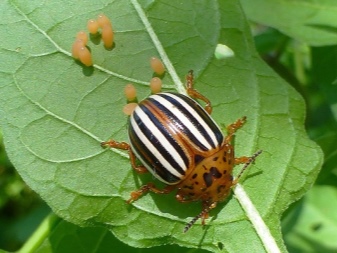
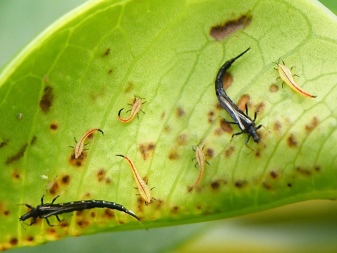
For seedlings
Seedlings should be mentioned separately. Peelings from onions are extremely useful for young seedlings; they act as both a stimulant for accelerated growth, and a useful top dressing, and protection of the crop from fungus. The onion solution prevents blackleg development and minimizes the risk of overflow. It is extremely important not to add a soap component to the composition - it can cause burns to young tissues. The concentration should be such that the bitterness is slightly felt.
Onion peels are often used as a stimulant. It heals the plant in situations where the seedlings planted in the ground do not want to grow, have suffered from prolonged rains or have withered as a result of a sudden drop in temperatures. Foliar dressing with broths and infusions is comparable in effectiveness to the action of drugs such as "Epin" or "Zircon". But they are especially effective when used together with these funds. Onion peels are of great benefit to indoor plants. It's no secret that indoor conditions are hardly ideal for green pets. Homes have dry air, lack of lighting, and nutritional deficiencies. All this leads to wilting of plants. To save your pet, you can feed him a decoction of onion peels.
For its preparation, the husk from a couple of onions is quite enough. Raw materials are poured with a liter of boiling water and insisted for about 3-4 days. First, they are fed flowers with pronounced signs of wilting. As a rule, within a month they are fully restored and continue to fully develop.For preventive treatment, the infusion is used every 3-4 weeks; even healthy flowers will like such feeding.
Important! Onion dressings are not recommended for cacti, ficuses, as well as succulents and fat women. These plants can stop growing completely or begin to wilt.
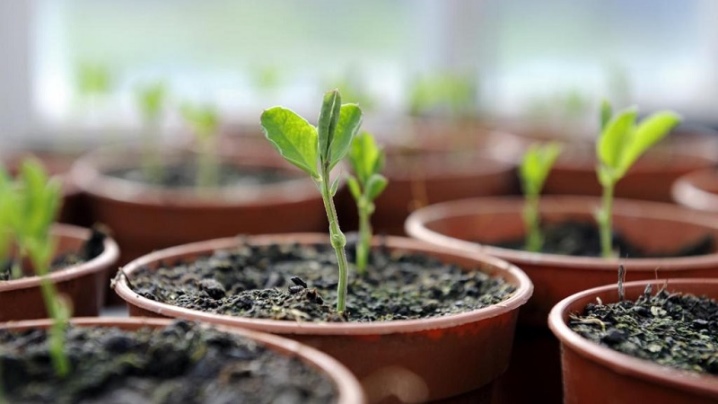
Precautionary measures
Several recommendations.
- The greatest effect is obtained by the use of yellow husks, since it contains the maximum amount of nutrients. In red onion peel, there are 7 times less of them. If you apply top dressing from white husks, then the benefits will be negligible, since useful trace elements are almost not present in it.
- For the preparation of the infusion, only healthy husks should be used.
- If the onion used for the preparation of fertilizer has been infected with peronospora or thrips, then only a decoction can be prepared. Infusions and solutions without boiling are unacceptable.
- Over time, the concentration of nutrients in onion peelings decreases, so there is no point in storing it for a long time.
- Closer to spring, when the onion begins to sprout, the value of its husk decreases many times over.
- It is not recommended to process plants with infusion from onion peelings at the stage of their flowering, since a pungent smell can scare away beneficial pollinating insects.
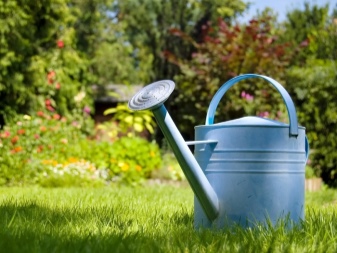

Common application errors
The most common mistakes when using onion peels for caring for garden plantations are associated with improper harvesting of raw materials.
- It is advisable to harvest onion peelings from onions grown in a personal summer cottage or from trusted summer residents. Commercially grown vegetables are commonly treated with strong chemicals that are then absorbed into the husk.
- Plants must be absolutely healthy, without the slightest signs of decay. The scales should be uniformly colored, golden in color without spots.
- You should not wash the onion with water before harvesting; it will be enough just to wipe the heads with a dry cloth from dust.
- Store the finished raw materials in a dry place at room temperature until spring.
- It is unacceptable to prepare infusions and decoctions for future use. And for feeding plants, and for carrying out treatment against insect pests, you can take exclusively freshly prepared solutions.
In conclusion, we note that, on average, a Russian family eats more than 150 kg of onions annually. By preparing cleaning in the autumn-winter period, you are guaranteed to provide yourself with an environmentally friendly, highly effective and at the same time cheap substance for fertilizing and protecting cultivated plants in the garden in warm weather.
Compositions made from dry onion scales can be used to feed all varieties of fruit, vegetable and ornamental plants.

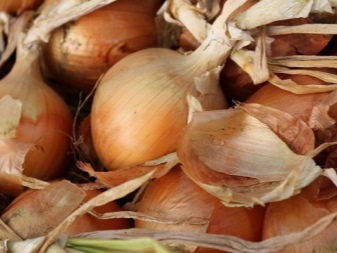













The comment was sent successfully.